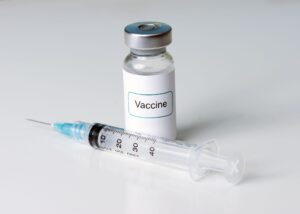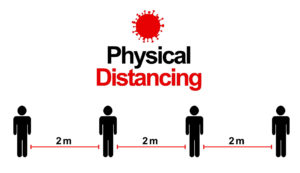The Nigerian presidential and parliamentary elections are held every four years. The most recent presidential election took place in February 2019, with Muhammadu Buhari of the All Progressives Congress (APC) winning a second term in office. The next presidential election is scheduled for 2023. The most recent parliamentary elections were held in March 2019, with the APC winning the majority of seats in the Senate and the House of Representatives.
The Nigerian election process for 2023 will involve several steps and stages, including the following:
- Political party primaries: Political parties will conduct internal elections to select their candidates for the presidential and other elective offices.
- Campaigning: Candidates will engage in various forms of campaigning, including rallies, debates, and other activities to gain support and votes from the electorate.
- Voter registration: The Independent National Electoral Commission (INEC) will conduct voter registration to ensure that eligible Nigerians are able to participate in the election.
- Election day: On the designated day, eligible voters will go to polling stations to cast their votes for their preferred candidates.
- Counting and collation of votes: After the polls have closed, the INEC will count and collate the votes from all polling stations to determine the winner of the election.
- Declaration of results: The INEC will announce the results of the election, and the candidate with the majority of votes will be declared the winner.
- Inauguration: The elected president will be inaugurated on the designated day, officially taking office as the President of Nigeria.
The Permanent Voter’s Card (PVC) collection process is an important aspect of the Nigerian elections. The PVC is a mandatory requirement for all eligible voters to participate in the elections. The process for collecting the PVC includes:
- Voter registration: The first step in the PVC collection process is voter registration. Eligible voters must register with the Independent National Electoral Commission (INEC) and provide personal information such as name, address, and age.
- PVC collection: Once the voter registration process is complete, the INEC will issue a PVC to eligible voters. The PVC contains the voter’s personal information, a photograph, and a unique identification number.
- Collection centers: PVCs can be collected from designated collection centers across the country. Voters are advised to check the INEC website for a list of collection centers in their area.
- Identification: To collect the PVC, voters must provide a valid form of identification such as a national ID card, driver’s license, or passport.
- Validation: The PVC is then validated by INEC officials to ensure it is genuine and belongs to the correct voter.
- Voting: Once the PVC is collected and validated, voters can use it to participate in the elections. The PVC must be presented at the polling station on the day of the elections to verify the voter’s identity and allow them to cast their vote.
It is important to learn the processes as the date for the general election draws closer. Stay Informed!




